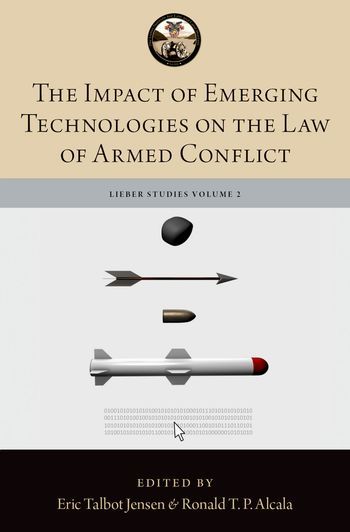
Emerging technologies have always played an important role in armed conflict. From the crossbow to cyber capabilities, technology that could be weaponized to create an advantage over an adversary has inevitably found its way into military arsenals for use in armed conflict. The weaponization of emerging technologies, however, raises challenging legal issues with respect to the law of armed conflict. As States continue to develop and exploit new technologies, how will the law of armed conflict address the use of these technologies on the battlefield?
Is existing law sufficient to regulate new technologies, such as cyber capabilities, autonomous weapons systems, and artificial intelligence? Have emerging technologies fundamentally altered the way we should understand concepts such as law-of-war precautions and the principle of distinction? How can we ensure compliance and accountability in light of technological advancement? This volume of the Lieber Studies explores these critical questions while highlighting the legal challenges—and opportunities—presented by the use of emerging technologies on the battlefield.